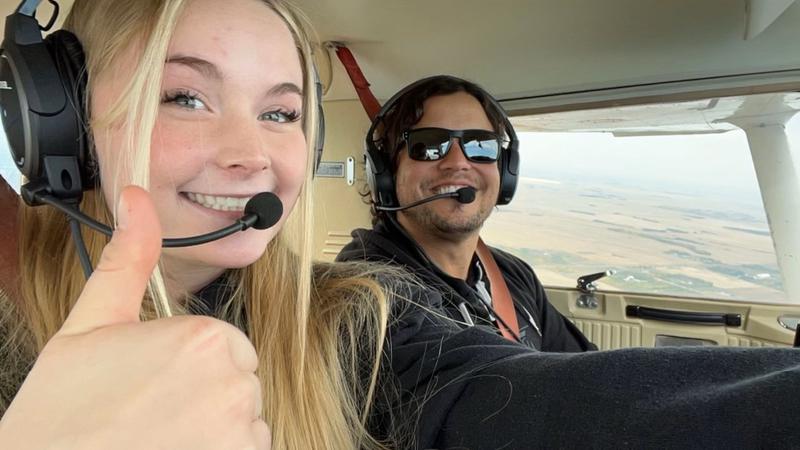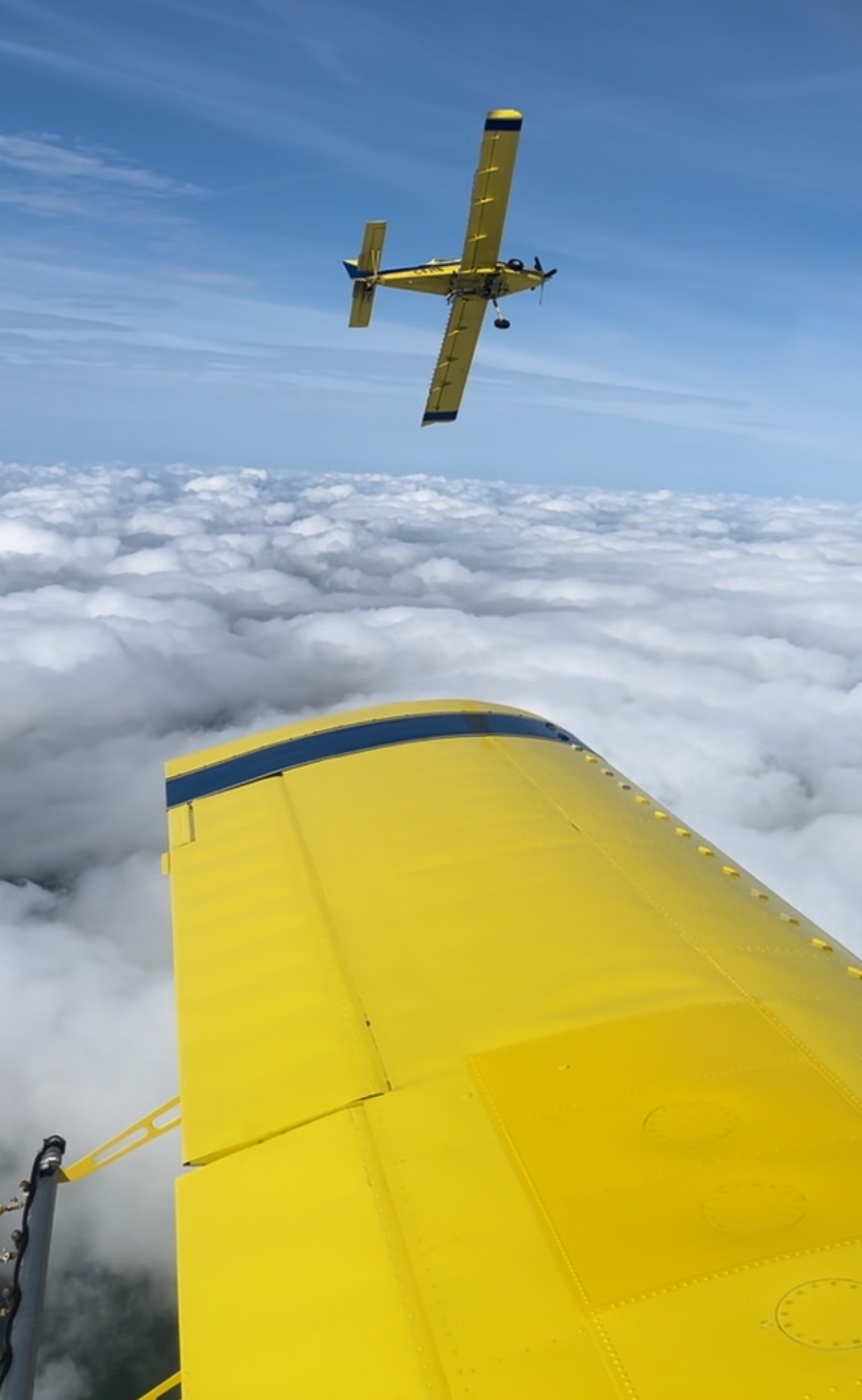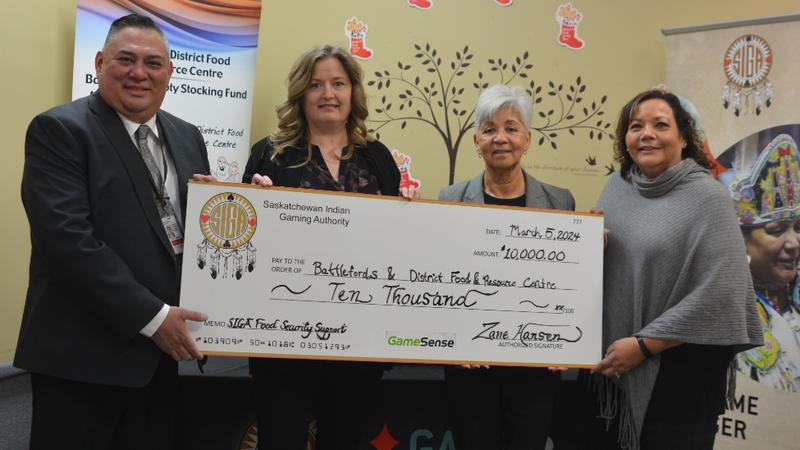
Taking to the skies: Women of Aviation Worldwide Week on now
Anicah Poynting’s mom knew her as someone who had a fear of airplanes.
Following her mother’s passing a couple of years ago, the 17-year-old started flying last fall and is now going for her private pilot license. The teen has a competitive spirit – a trait she shared with her mom – and each time she takes the yoke and leaves the ground to enter the three-dimensional space, flying makes her feel closer to her.
“She’d be really, really psyched about this,” Poynting said.
The Women of Aviation Worldwide Week runs from March 4 to 10 in recognition of French Aviator Raymonde de Laroche becoming the first woman to be issued a flying license on March 8, 1910.




